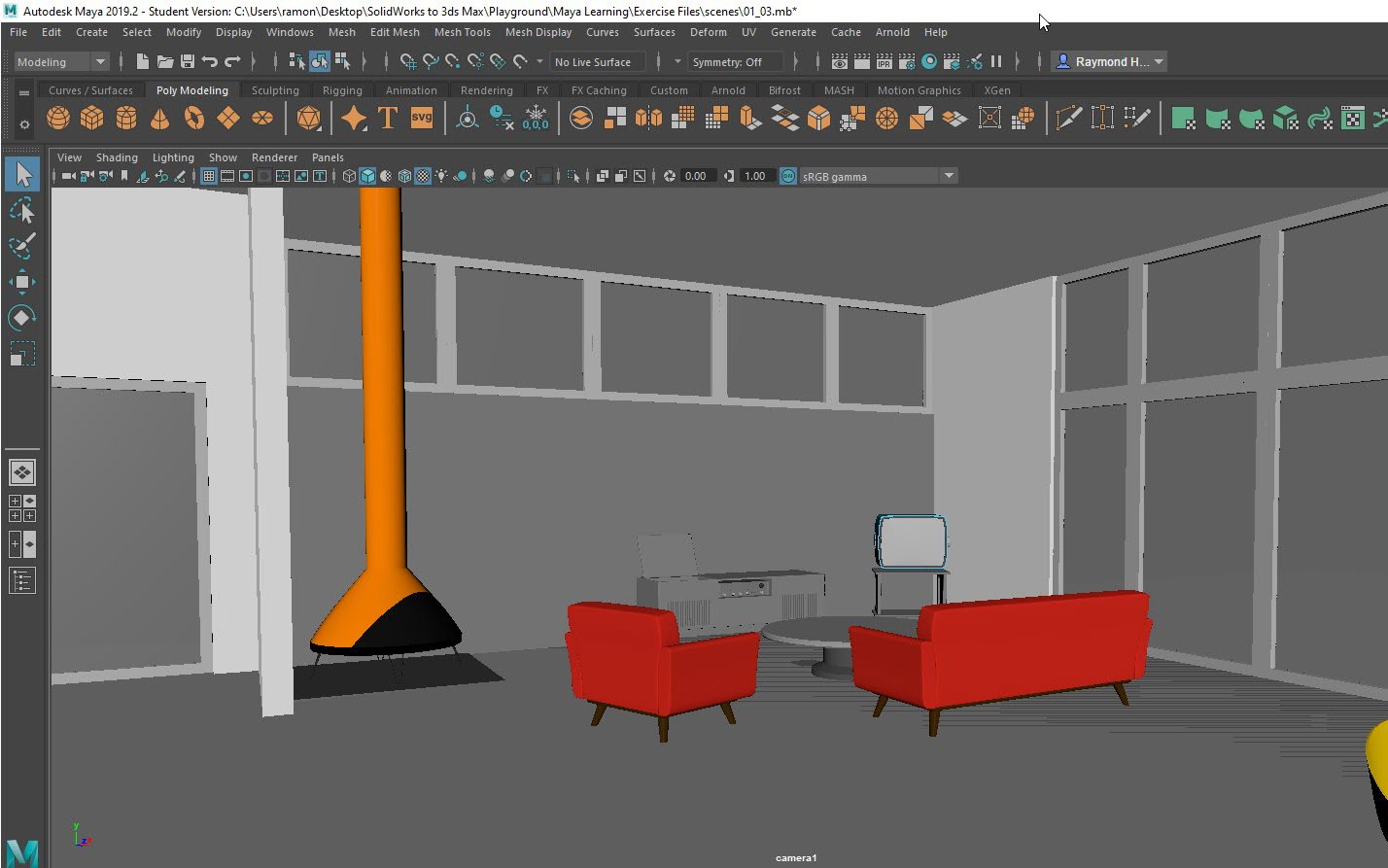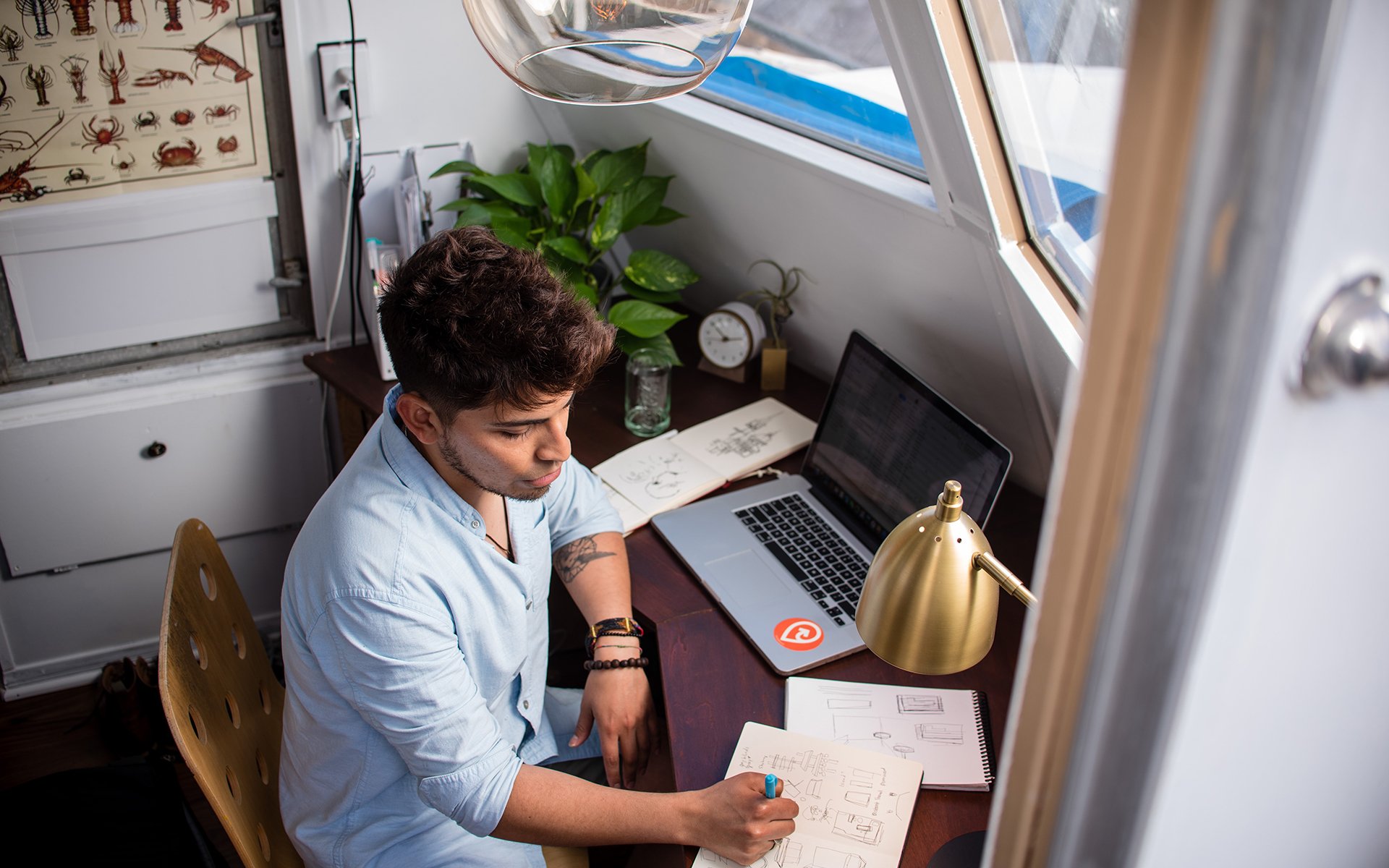In last week’s upload, we gave tips on creating the ideal home office environment. This week, we look into what it takes to run a studio long distance. For those struggling to adapt in this climate, we hope these pointers can provide some insight.
Studios operating digitally is certainly not a new concept. In fact some of the most notable firms as well as known boutique studios have already dealt with the struggles of working remotely, mainly due to dealing with foreign locations, or smaller company sizes that deal with outsourced talent. While there is no doubt that physical collaboration is very important in the realisation of design, in this particular climate, there is no other option for studios but to go digital and severely restrict movement.
Design is a team sport – you need to collaborate – so how can you manage that whilst working from home? We asked several firms on how they go about their daily work without falling out of step, how they manage to maintain the company culture, and keep up with high standards of output. The responses we got were enlightening, to say the least. Click here for the full story
Infrastructure
Taking your office home is quite literally one of the ways to replicate the workspace. This would involve puting the necessary infrastructure in place, such as replicating the softwares that you use by asking your friendly IT genius! A number of these softwares tend to work in isolation with little or zero options for collaboration. So the simpler way would be to use a bulletproof file transfer system for hassle free workflow. Some simple and easy collaboration tools include Trello and Monday.com
Access to data and data storage systems is also incredibly important. Ensuring that a proper system is in place and accessible for employees to store, track and hold accountability for data, is key. A good example of a software that does all this and more is our recently launched .STUDIO. It may be a shameless plug, but this is also the only software in the region to provide designers with a platform to work and collaborate on projects seamlessly.
Communication
Communication is key. It’s one of those phrases that stands true for any work environment. Now, in an office this may seem easy as all it takes is walking over to your colleague’s desk. When working remotely, however, the same level of communication can still be achieved if we use chats, emails, video cons, internet telephony, and more. At this point, we would like to mention that video chat is much more effective than audio, and yields higher levels of connectedness. So, where possible, get those faces online! And there are many softwares that more than do the job – Zoom, Google chat, Microsoft meetings, and more. The only step up to this would be holograms, and you have to admit, that would be quite cool!
Culture
What is it that really defines a company? What makes it unique, different from the rest? Many would say it’s all about the culture of the company – the kind of work environment, the processes that are put in place, the help that you receive in difficult situations, the support that the administration provides, and a focus on the overall well being of its employees. Gone are the days when staff were mandated to “work through it all”, good or bad. Healthy employees equate to successful, flourishing companies. This is never truer than the present, where the support and resources provided by firms have a major impact on their employees and, invariably, work achievements and progress.
Accountability
Of course keeping HR happy is important too! When working from home, quite a lot of constraints come into play. Considerations have also to be made for working parents who have to juggle their job and their child’s e-learning schedule, along with the distractions that little ones can provide. Communicating these challenges and keeping an open dialogue to discuss ways to work around such home requirements, can lead to an infinitely more productive employee.
On the employee front, track your hours, log your work, and maintain clear and consistent lines of communication with your team leaders and your HR. Remember, this is not a holiday. It’s been interesting to see the ways in which some of our A&D leaders maintain company culture and employee relationships. Click here to read more.
Challenges
Even after all the precautions and procedures undertaken for a smooth transition to remote working, there remain certain situations where client contact is imperative. Such as client review meetings on the physical progression of the project, site visits, and the actual implementation of a design, which could potentially involve a large task force. Here are a few challenges faced by some of our contracting and design firms.
It is certainly an interesting and possibly trying time, but the beauty of human nature is learning how to adapt and, eventually, thrive. We hope these insights help you adapt to the world of today with continued progress.









